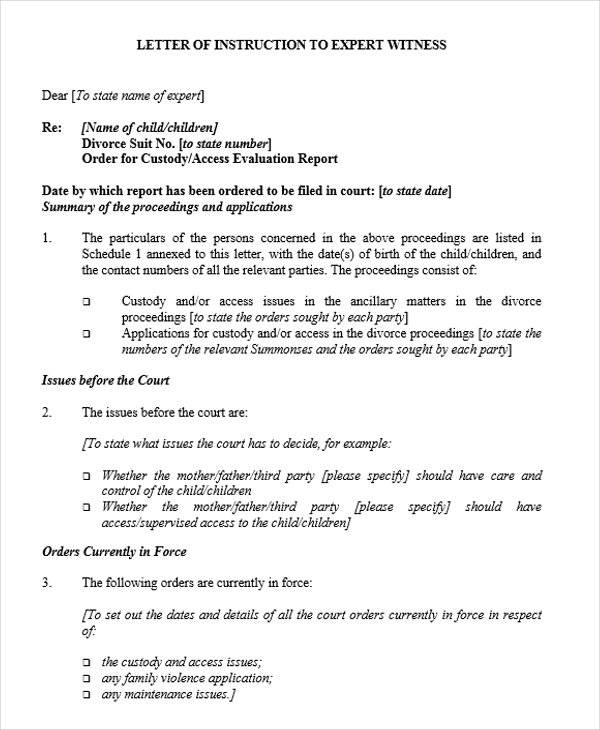

The first country to adopt graphic warning labels was Iceland, which began to apply them in 1985.


1 With the growing realization that textual warnings have limited effectiveness in conveying information or reducing smoking, including ineffectiveness among adolescents, 2 interest grew in the creation of graphic warning labels depicting with illustrations the adverse health consequences of smoking. With the passage of the Federal Cigarette Labeling and Advertising Act (FCLA, ) in 1965, the US government mandated for the first time that all cigarette packages and advertising materials must include the following warning label: “Caution: Cigarette smoking may be hazardous to your health.” This requirement set off a protracted conflict between the tobacco industry and the federal government, which has continued until this day, centered on the issue of compelled commercial speech.įor 2 decades following the passage of the FCLA, the US and other countries around the world applied various iterations of health warnings on cigarette packages, but all of them were based on presentation of textual warnings on packaging and advertising materials. The balance favors the right of the public to receive accurate information about critical health risks. Commercial speech receives First Amendment protection primarily for the benefit of the public (listeners) and not the tobacco industry (compelled speakers). The need for new warning labels on tobacco products and advertising is a critical public health intervention to promote greater public understanding of the negative consequences of cigarette smoking, especially among the young.Ĭonclusions and Relevance The legal analysis in this article marshals arguments that the First Amendment does not prohibit the requirement of the new tobacco warning labels. The article argues that the newly designed warning labels should easily pass First Amendment analysis. Observations This article examines the delicate balance between First Amendment speech rights vs the right of the public to receive truthful, accurate, and understandable public health information. Subsequently, the FDA thoroughly redesigned the graphic labels and issued a revised rule, but the tobacco industry immediately filed a similar lawsuit against the FDA again on First Amendment grounds. The tobacco industry filed a lawsuit against the FDA claiming that the required graphic labels constituted compelled speech in violation of First Amendment speech rights, and courts ruled for the tobacco industry.

Importance The 2009 Family Smoking Prevention and Tobacco Control Act required the US Food and Drug Administration (FDA) to issue a rule requiring graphic warning labels depicting the health consequences of smoking for prominent placement on cigarette packages and advertising.


 0 kommentar(er)
0 kommentar(er)
